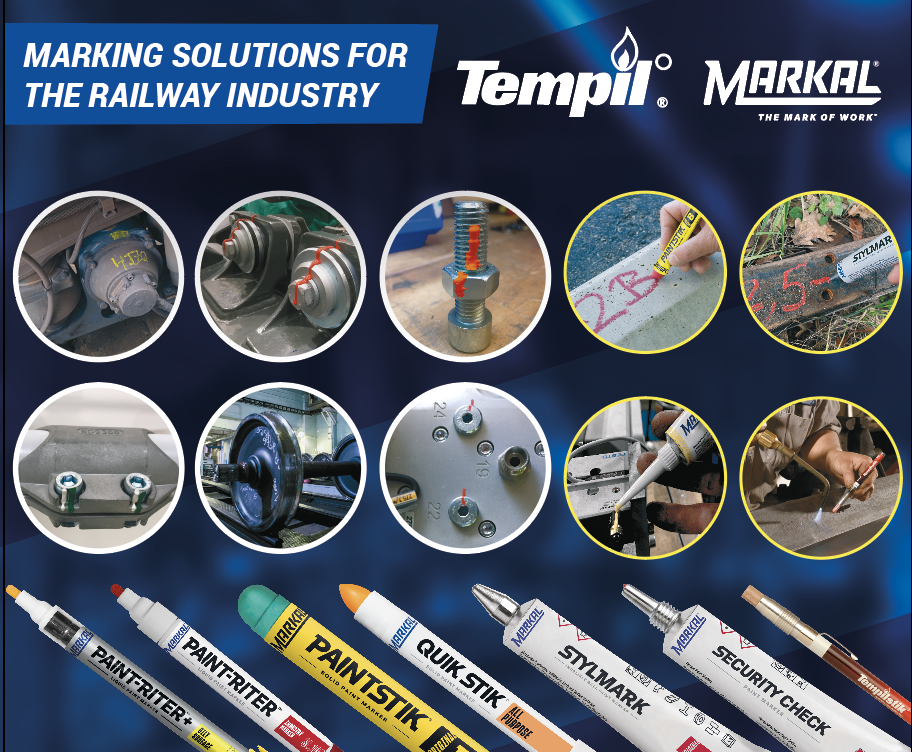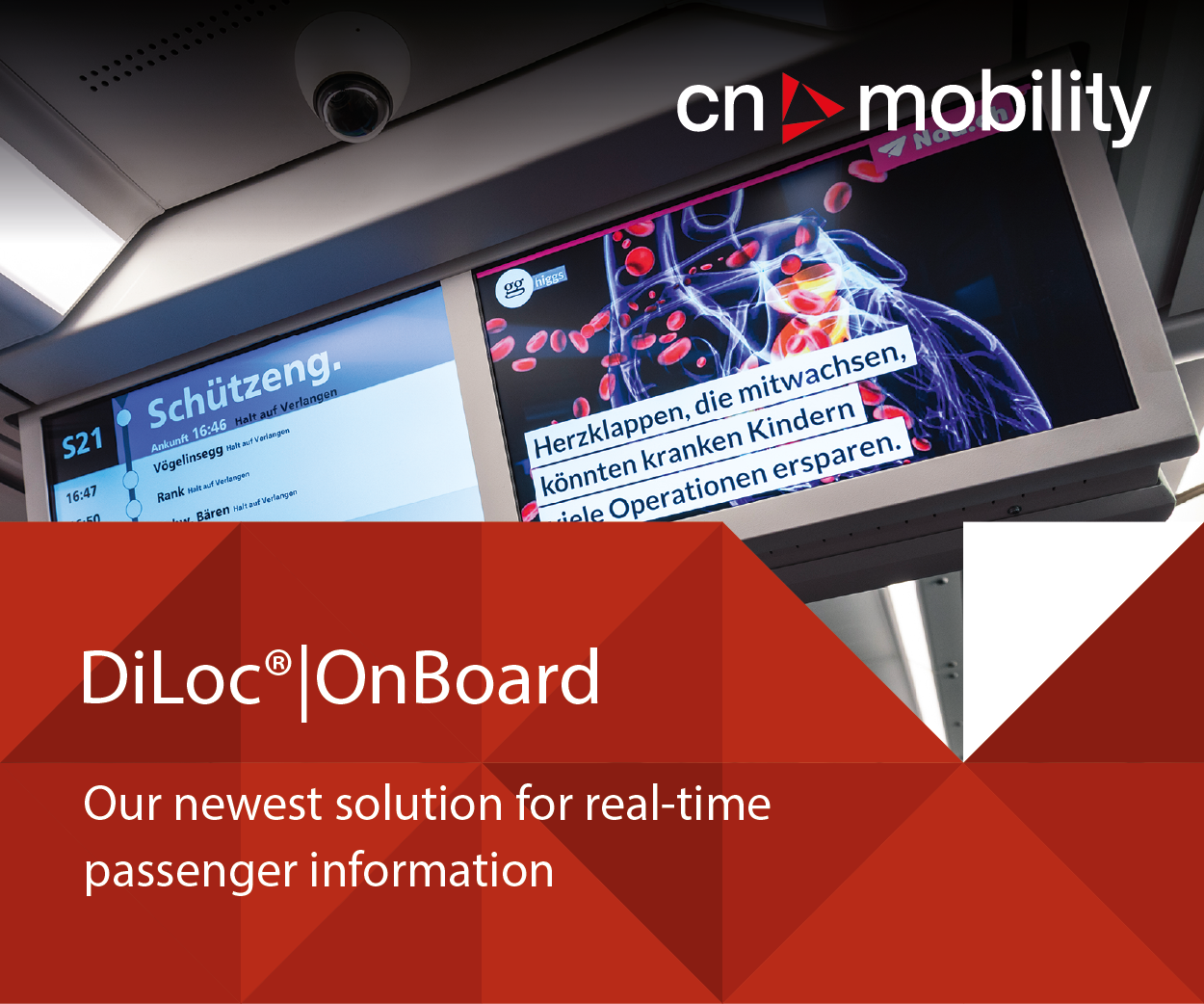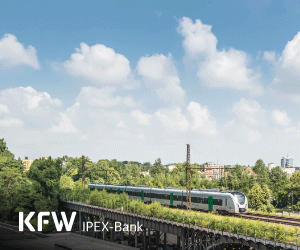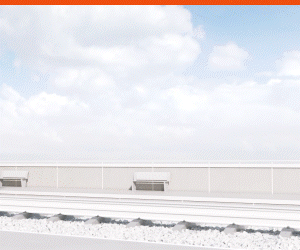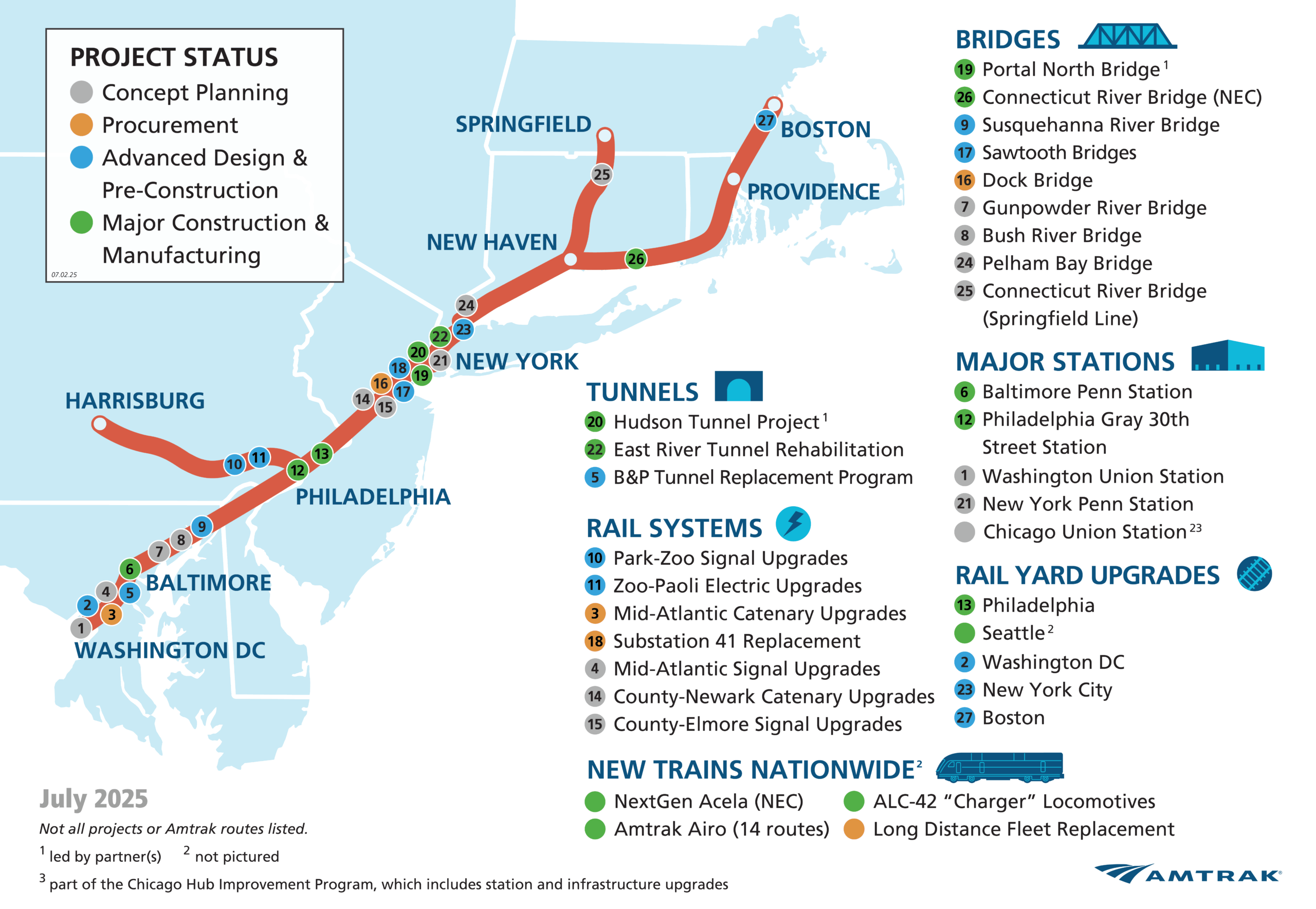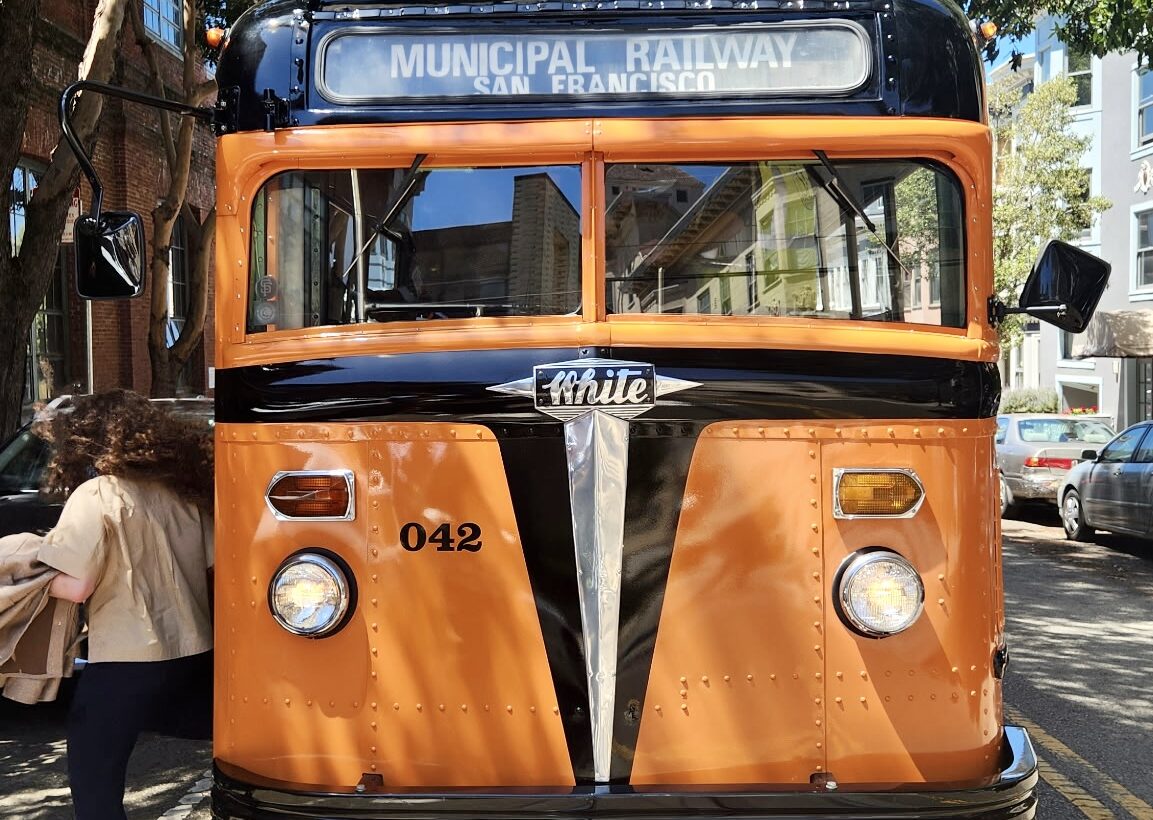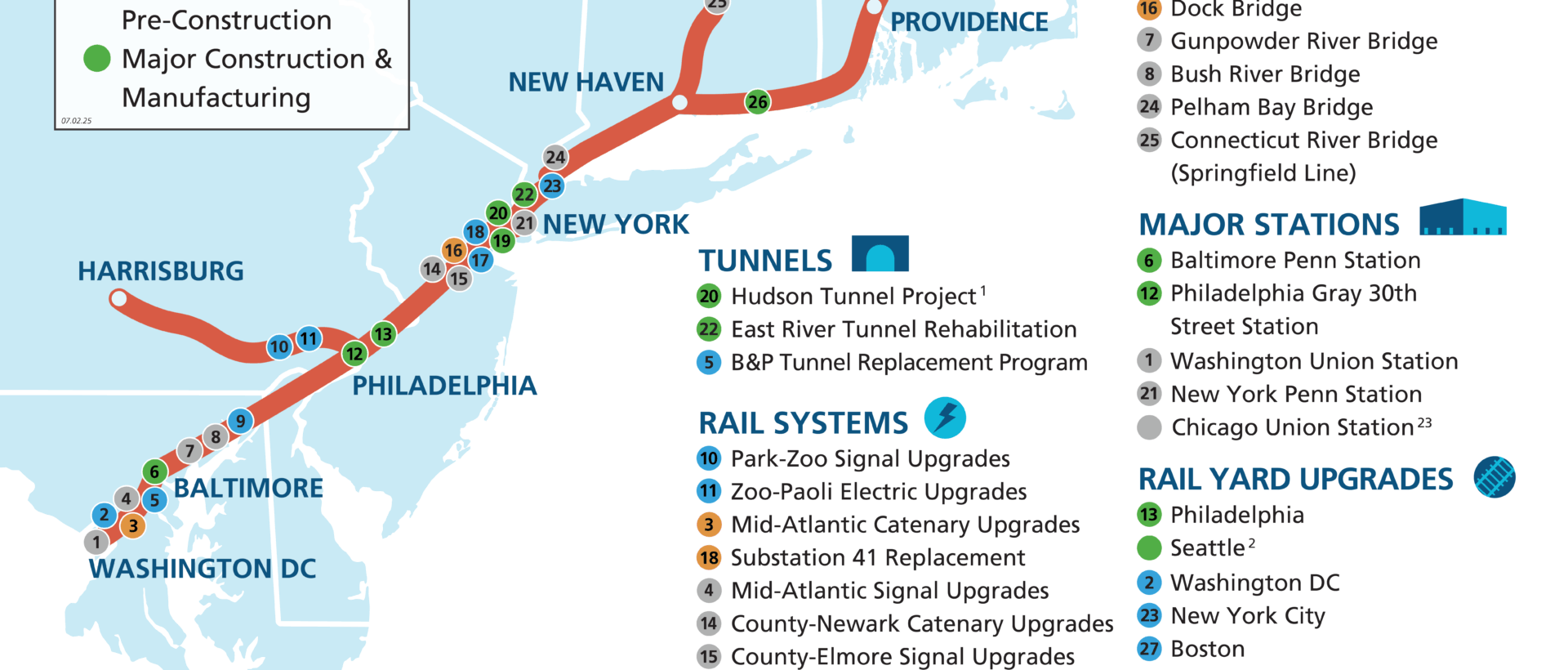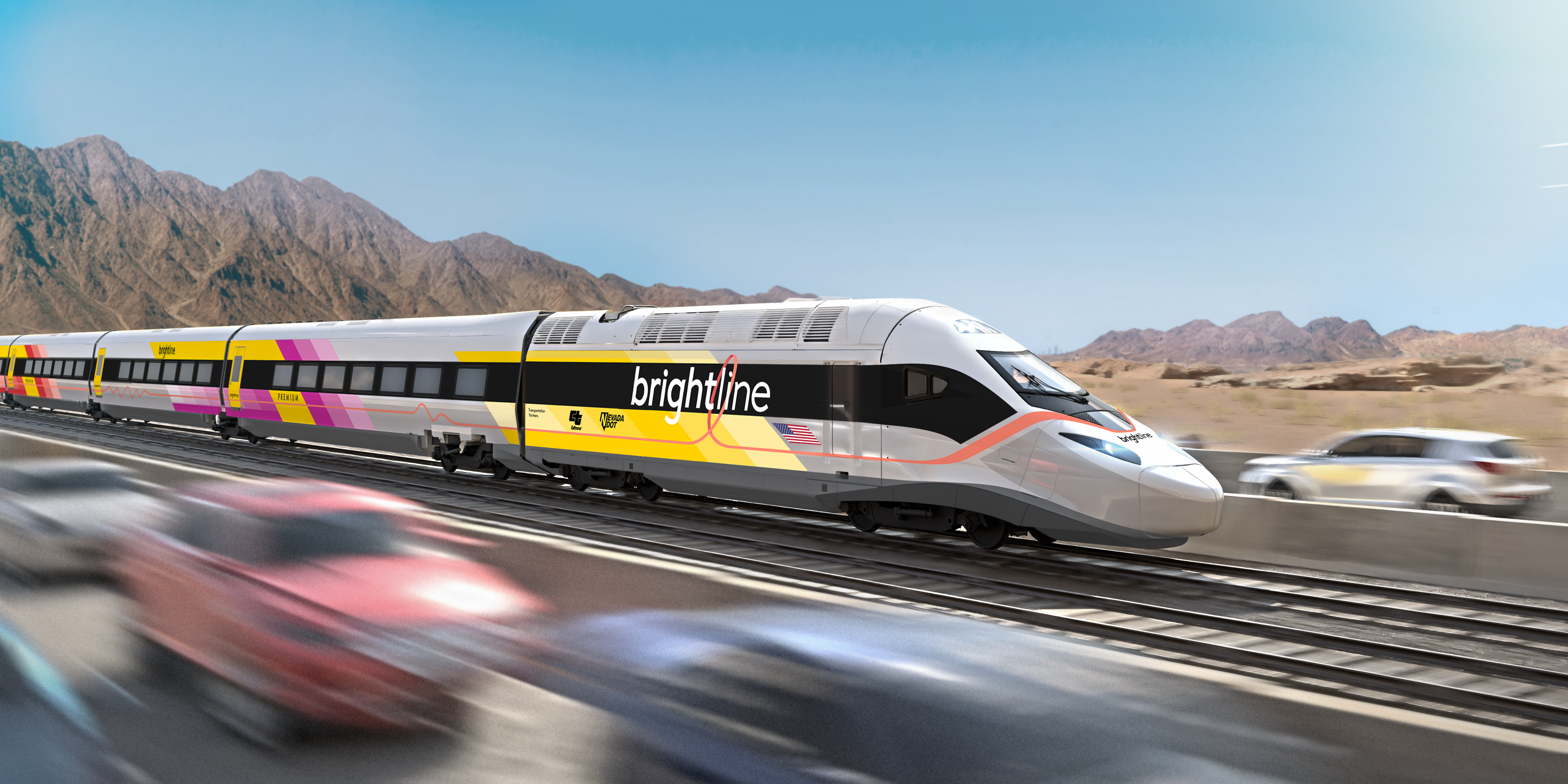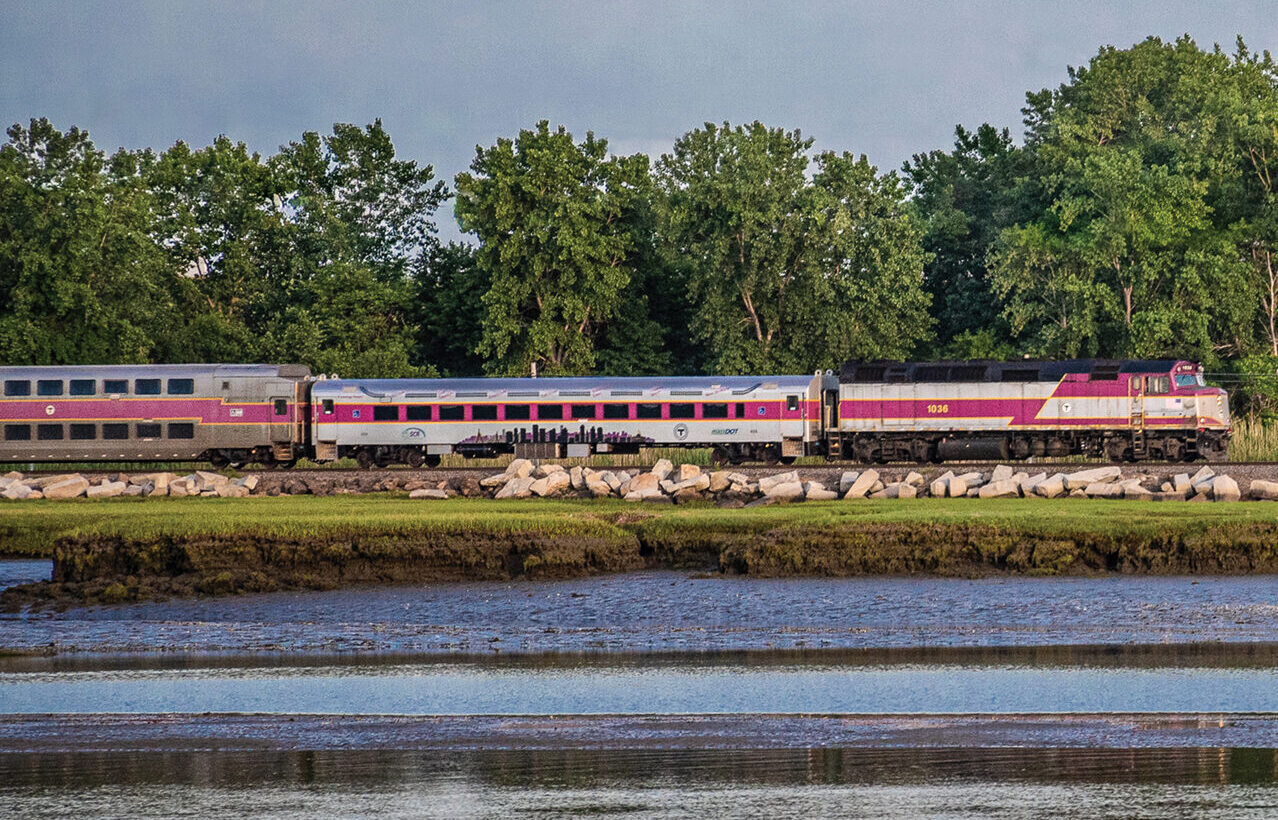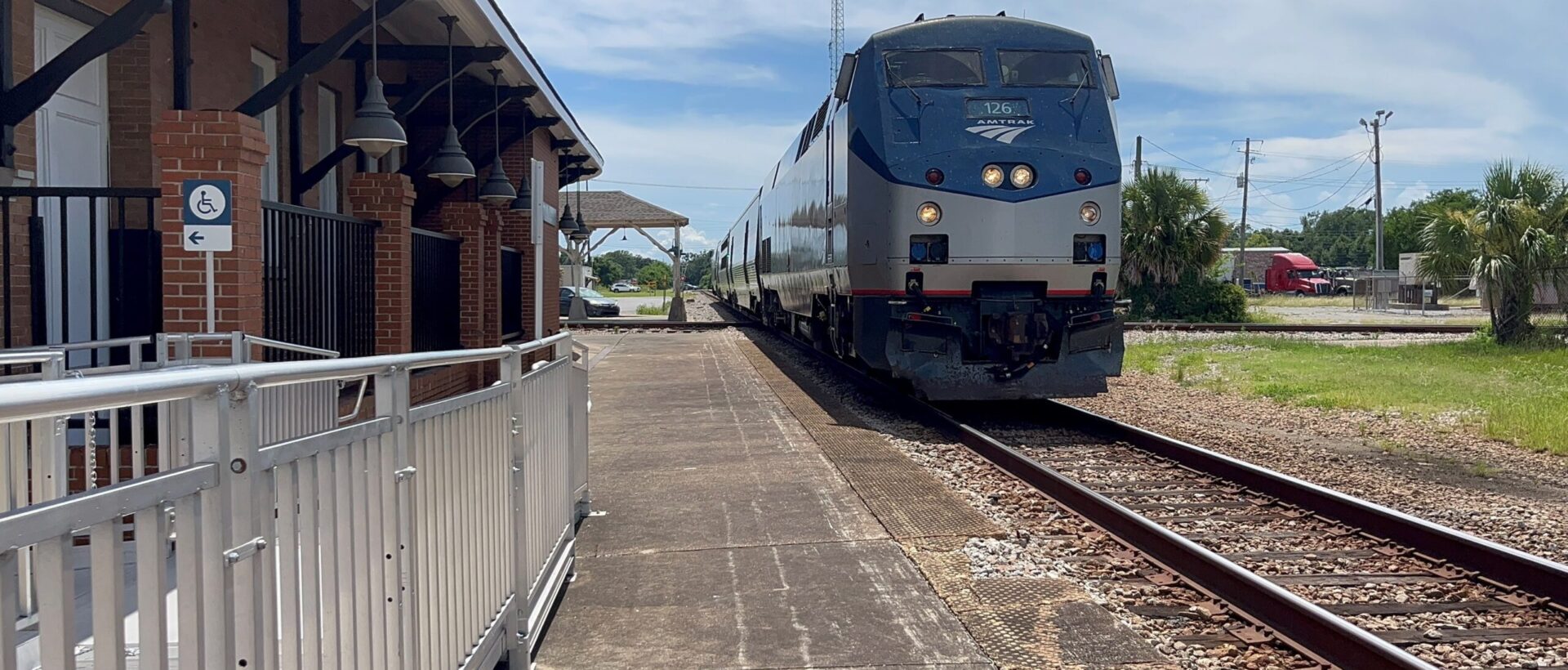Governor Gavin Newsom has signed into law a sweeping legislative package that redefines California’s approach to housing and infrastructure delivery, with major implications for rail-oriented projects across the state.
The reforms, embedded in Assembly Bill 130 and Senate Bill 131, overhaul environmental review processes, fast-track permitting, and introduce new financing and accountability mechanisms to help advance the state’s climate and transportation goals.
At the heart of the legislation is a restructured California Environmental Quality Act (CEQA) framework designed to expedite projects vital to the state’s infrastructure, including infill housing, transit-linked development, and high-speed rail. The reform package is part of Newsom’s “Abundance Agenda,” which aims to tackle systemic housing shortages by enabling faster, more affordable development.
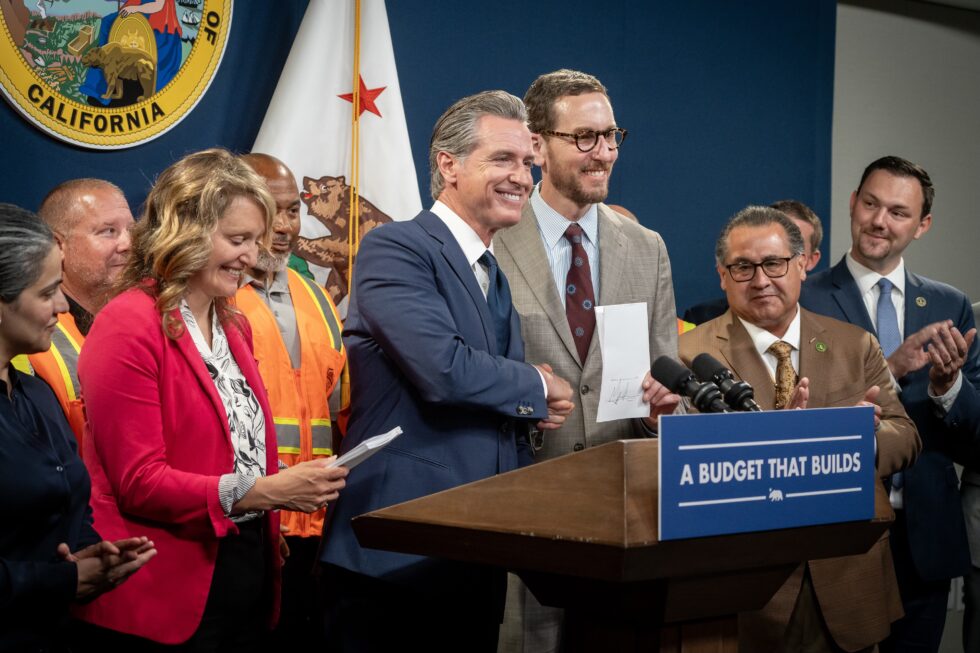
The legislation’s impact on rail infrastructure and adjacent housing is significant. CEQA exemptions now apply to a wide range of projects, including:
- High-speed rail facilities, such as those under the California High-Speed Rail Authority
- Transit-oriented developments (TODs) near existing or planned rail corridors
- Utility and broadband infrastructure supporting rail station integration
- Community-serving projects that include multimodal hubs and first/last-mile connectivity
Crucially, the Transit-Oriented Development Implementation Program outlined in AB 130 offers new flexibility and funding pathways to densify areas around transit lines. The programme aligns housing production with rail investment, allowing jurisdictions to respond more effectively to regional housing needs while advancing emissions reductions through sustainable land use.
Governor Gavin Newsom said:This isn’t just a budget. This is a budget that builds. It proves what’s possible when we govern with urgency, with clarity, and with a belief in abundance over scarcity.
In addition to the legislature, I thank the many housing, labor, and environmental leaders who heeded my call and came together around a common goal — to build more housing, faster and create strong affordable pathways for every Californian. Today’s bill is a game changer, which will be felt for generations to come.
The reform package supports Governor Newsom’s broader climate strategy by enhancing the viability of infill housing and reducing vehicle miles travelled (VMT). It introduces a statewide CEQA VMT Mitigation Bank, a new compliance mechanism enabling developers to offset transportation-related emissions through contributions to affordable housing and infrastructure near transit.
This tool is expected to accelerate rail-adjacent housing by simplifying project-level CEQA requirements while ensuring mitigation is locally beneficial and climate-aligned.
Additionally, the legislation stabilises regulatory standards by freezing new residential building codes through 2031, creating cost predictability for housing near transportation corridors. Exceptions are made only for updates related to safety, fire risk, and conservation.
As California delivers its high-speed rail network and expands regional rail systems like BART, Metrolink, and Caltrain, the new reforms are poised to unlock much-needed housing in transit-rich areas. By aligning land use, climate, and transportation policy, the state aims to reverse decades of inaction and deliver infrastructure that supports both economic mobility and environmental goals.


